I Spent Two Weeks Driving a Polaris Slingshot. Here's My Brutally Honest Review originally appeared on Autoblog.
Just for the fun of it
Sometimes you need to toss out logic to really enjoy something. That’s the case with the Slingshot. It’s loud, it’s impractical, and it makes absolutely no sense as a “commuter vehicle”—but that’s exactly what makes it so memorable. In some ways, it's as close as you can get to flying while driving, and you are truly immersed in an action movie every time you hit the "start" button.
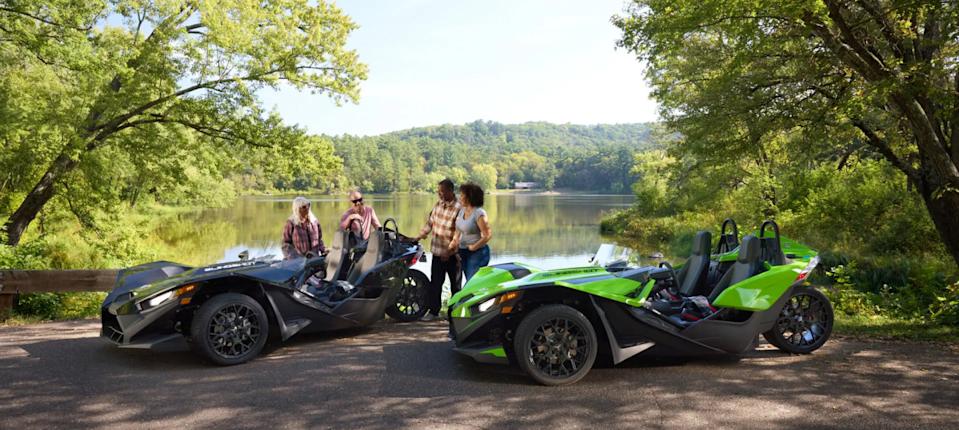
What is the Polaris Slingshot?
Technically, it’s classified as an autocycle in most states. That means you don’t need a motorcycle license to drive it, but helmet laws vary depending on where you are. In California, when I received my green Slingshot, helmets were required. You get three wheels (two up front, one in the back), open-air driving, no doors, no real roof, and just enough creature comforts to make it usable.
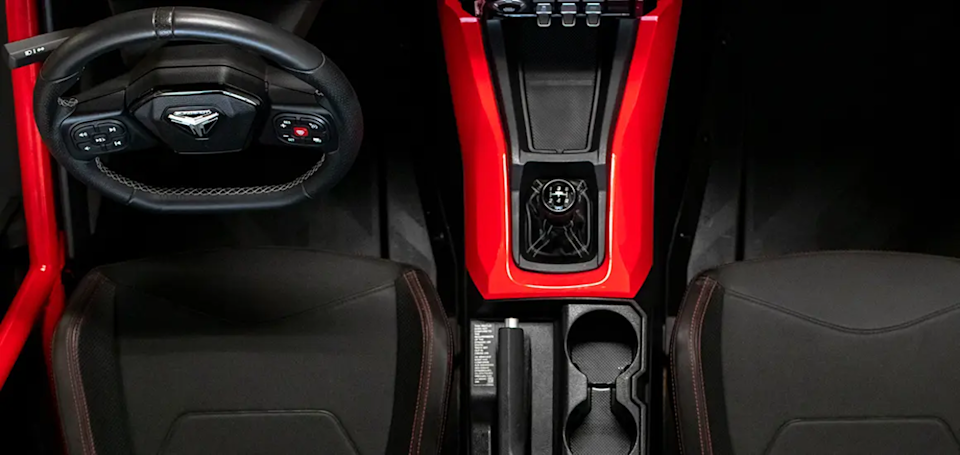
It’s not pretending to be a car, even though it has side-by-side seating, a steering wheel, and seatbelts. It’s also definitely not a motorcycle, even if it shares that same “exposed to the elements” feel. It’s a hybrid of experiences that lands somewhere in between. It is, however, far easier to drive (and far more comfortable) than a Morgan Super 3 or a Campagna T-Rex three-wheeler.
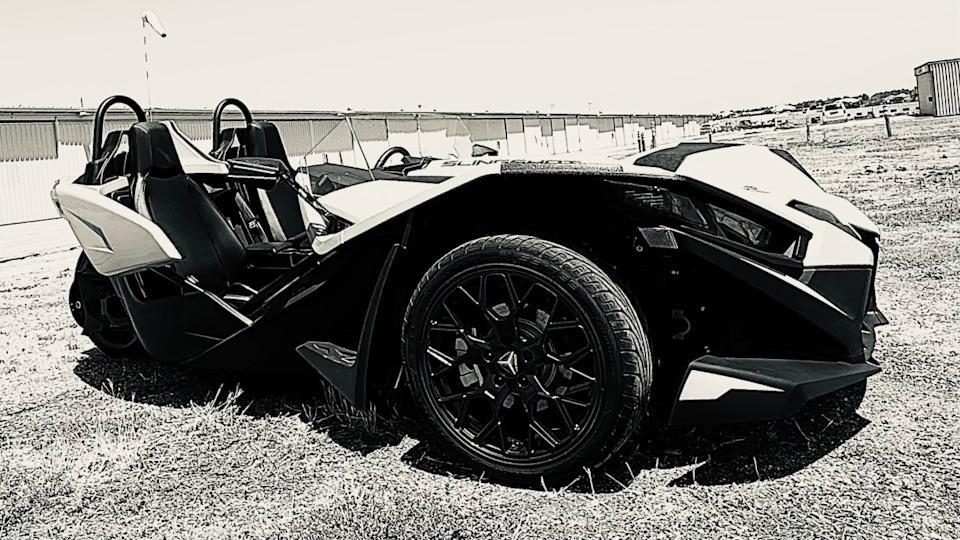
View the 3 images of this gallery on the original article
Powertrain and specs
Current models use a 2.0-liter ProStar 4-cylinder engine making anywhere from 178 hp (base) to 203 hp (R model). This powertrain was built in-house, providing good grunt and a high 8,500 rpm redline—but maximum horsepower is reached at 7,500 rpm. It's fun on full boil, but the engine sounds almost industrial, as opposed to an expected motorcycle scream. It sends power to the single rear wheel via a belt drive.
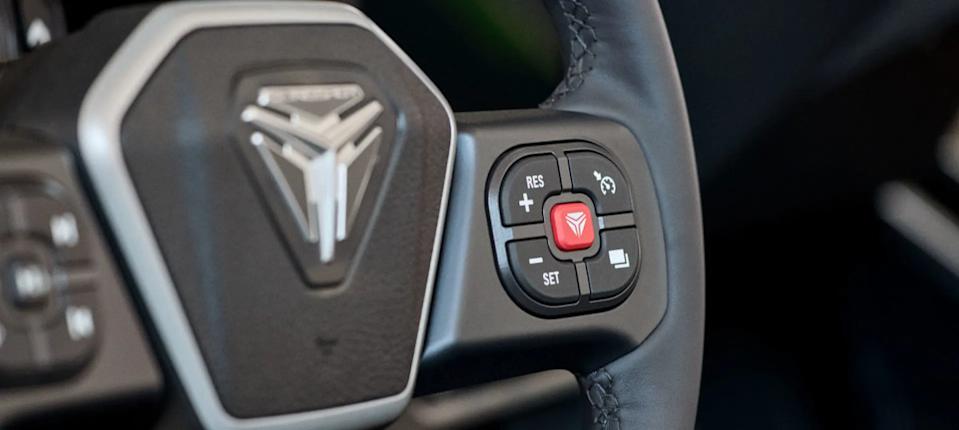
Transmission-wise, you can choose between a crisp Mazda-sourced 5-speed manual transmission or an AutoDrive system, which is a hydraulically-actuated automated manual transmission that allows drivers to experience the unique Slingshot ride without needing to manually shift gears.
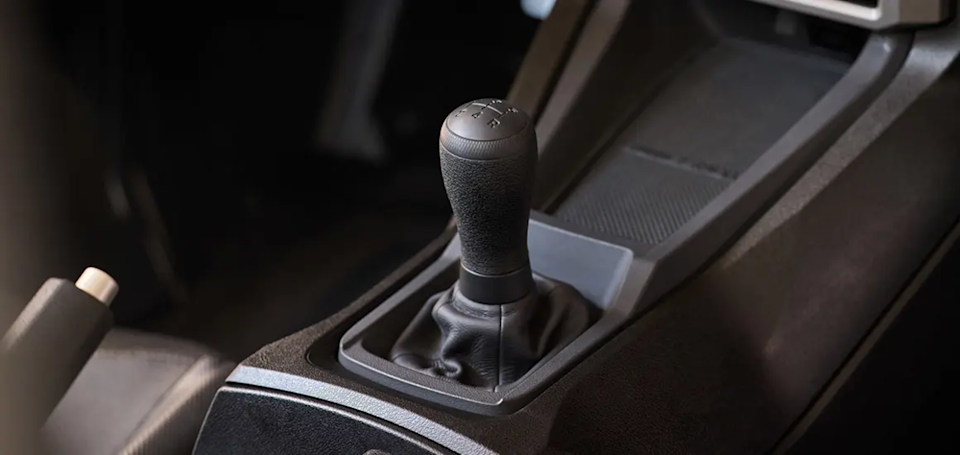
Since it weighs under 1,700 lbs, the Slingshot is quick. 0–60 mph happens in under 5 seconds in the top trims. It’s not supercar fast, but the open cockpit makes everything feel way more dramatic. The economy is a bit of a mixed bag because this isn’t an EPA-rated vehicle. Expect around 28–33 mpg, depending on how hard you drive it.
The design of the Polaris Slingshot
Polaris stands for "Polarizing" when it comes to the design of the Slingshot. I prefer the anachronistic design of the Morgan Super 3's exterior, but I noticed that kids absolutely loved the fins, blades, wings, rudders, and other design elements sprouting from the Slingshot. It's not attractive, but it is eye-catching. It's also hard to sum up its proportions as the front is nearly as wide as a Corvette, but the length is closer to a Mini Cooper.
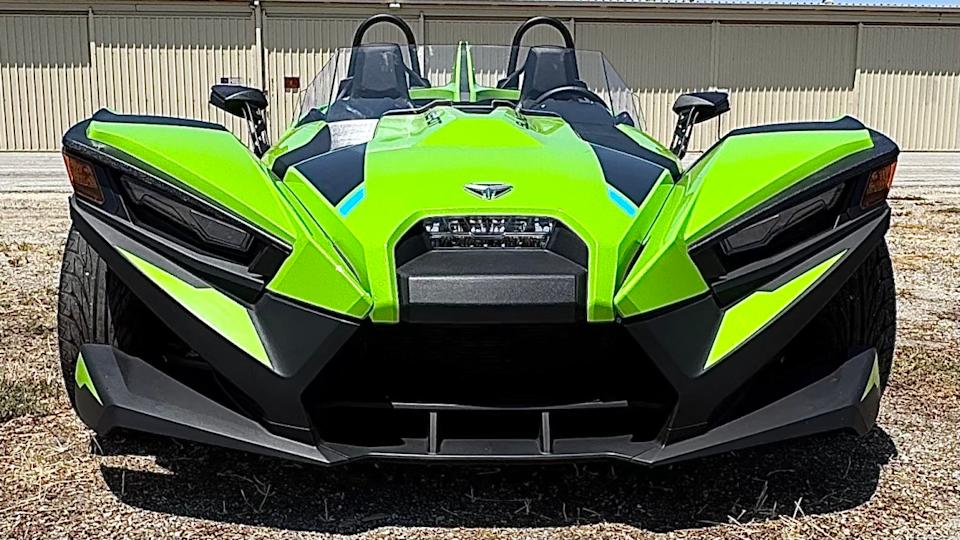
View the 3 images of this gallery on the original article
The interior is meant to be used even in the rain, so it has materials that are water-resistant, and all of its storage compartments have gaskets to keep dirt and moisture out. Two large compartments that are just large enough to hold helmets sit behind the seats, while the glove compartment is huge and can easily hold a small backpack. There’s a small cellphone holder at your elbow as well, along with some USB ports and a Bluetooth stereo system that seems to be an afterthought for those who have to wear a helmet. In other words, good luck hearing the Beach Boys while driving down PCH, which is exactly what I did.
Driving the Polaris Slingshot
You sit extremely low, really low, like go-kart low. You will feel just about every bump in the road, but also every ounce of feedback. Having three wheels means you can’t avoid many potholes or road irregularities in your lane. The steering is razor-sharp, with almost no weight. It corners flat, especially since the front wheels are so far apart and grip levels are surprisingly good—until they’re not. If you push too hard and if the rear wheel bounces a bit, you will provoke a spin. Still, it’s hard to get to that point, and this thing’s grip is surprising.
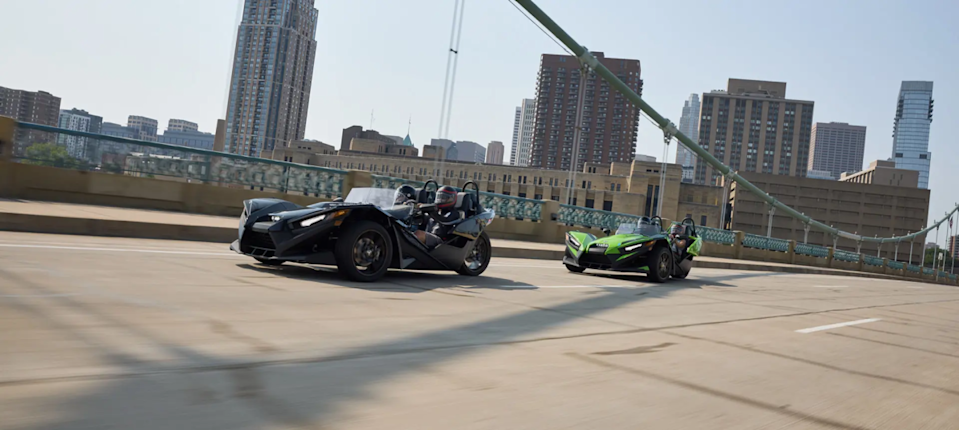
Acceleration feels wild and aggressive because you’re completely exposed. 0–40 mph in a Slingshot feels like 0–80 mph in a normal car. The best part? It’s raw. There are no power steering modes, no adaptive suspension, no overly filtered electronic nannies, and not much in terms of safety either. Just you, the road, and a machine that wants to play. It was ridiculous fun blasting by the beach and carving through the canyons.
During my two-week loan, I decided to try using the Slingshot as a daily driver. The challenge here was to commute from the beach community to the city of Hollywood in one piece. Sure, it was doable, but the feeling of being crushed by a massive (in scale) CR-V was palpable. It isn’t too shabby in smaller neighborhoods, off the main highway, but it isn’t ideal for transporting passengers, to say the least. Still, I had more kids (and some adults) wave at me, smile, and even laugh as I cruised by.
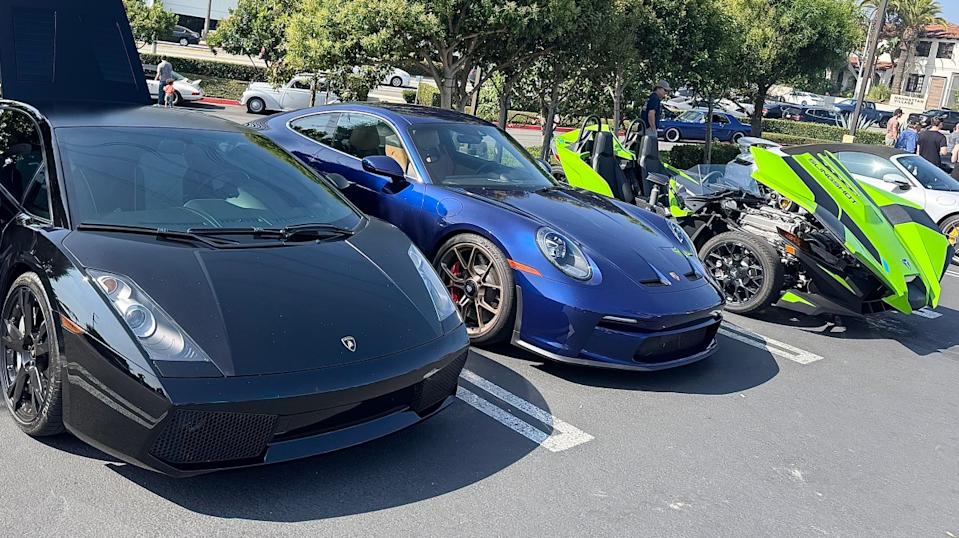
Final thoughts
The Polaris Slingshot isn’t a car you need. It’s a toy you want. At a local car show, I brought the green Slingshot just for fun and parked it next to my friend’s Lamborghini and a brand-new 911. Guess which vehicle people were most interested in?
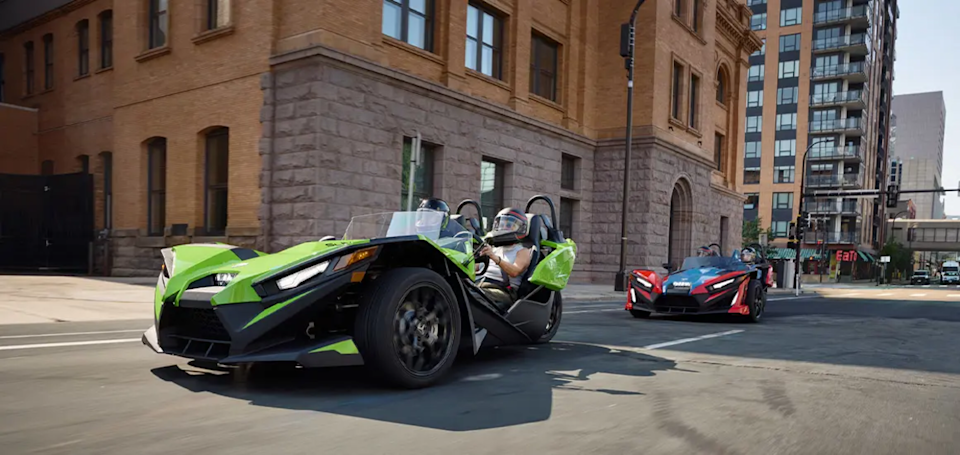
Starting around $21,000 and going well over $35,000 for fully loaded trims, it’s cheaper than most sports cars but far more impractical. Yet it offers an experience few vehicles in its price range can match. If you want something unique that turns every drive into an event, it’s perfect. But if you’re looking for practicality or refinement, look elsewhere.
I Spent Two Weeks Driving a Polaris Slingshot. Here's My Brutally Honest Review first appeared on Autoblog on Aug 7, 2025
This story was originally reported by Autoblog on Aug 7, 2025, where it first appeared.
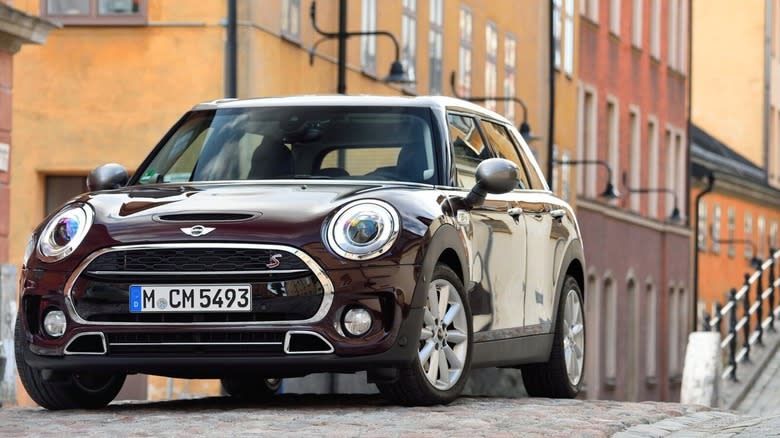


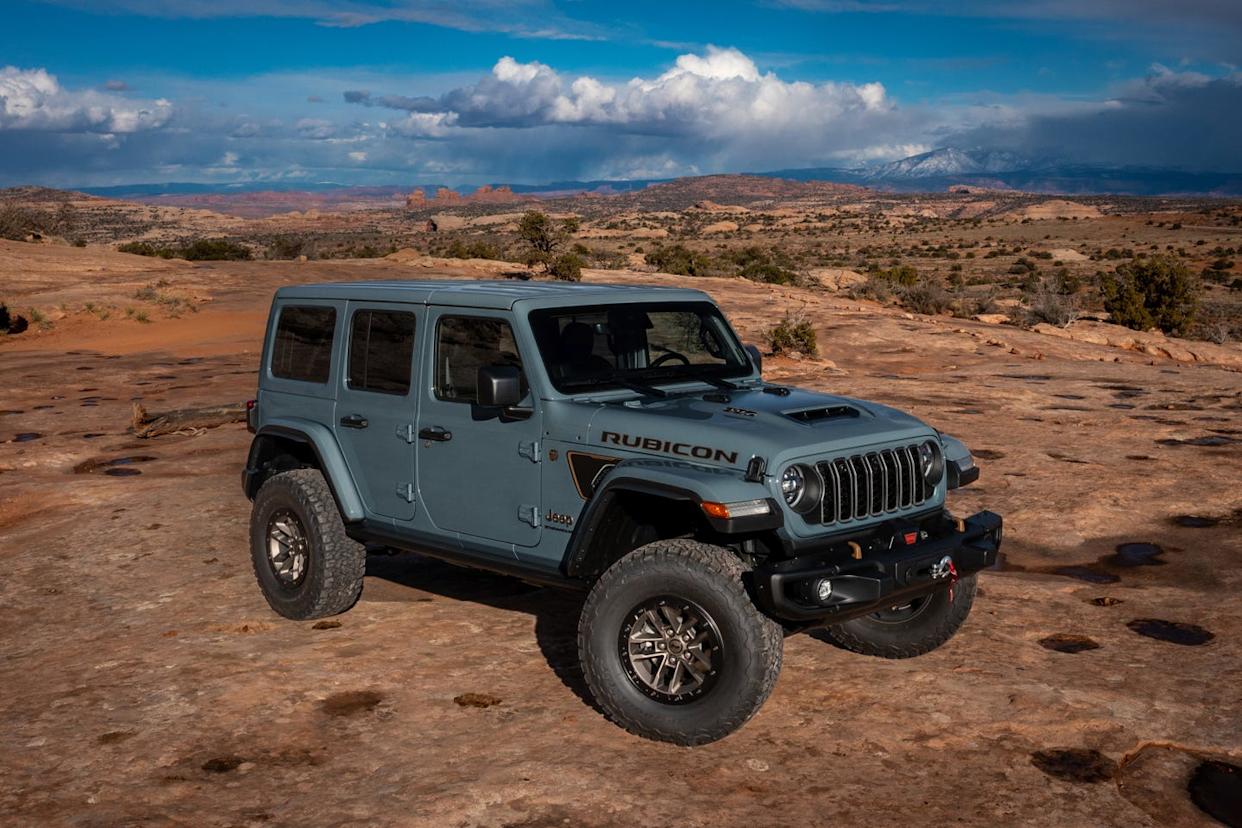
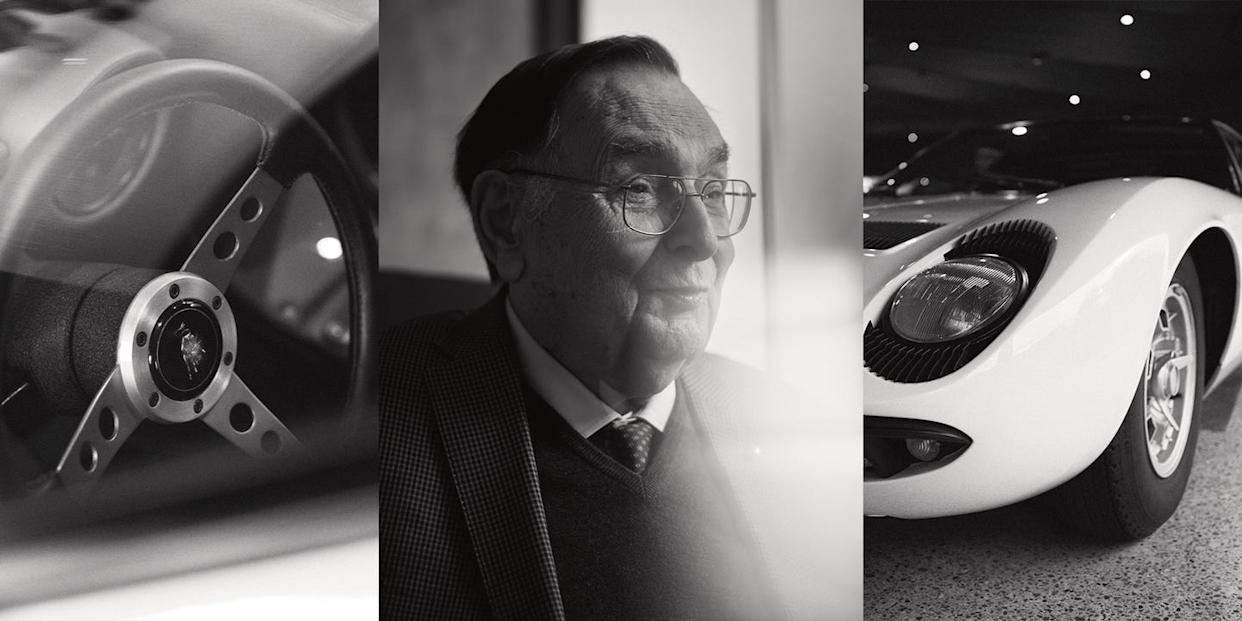
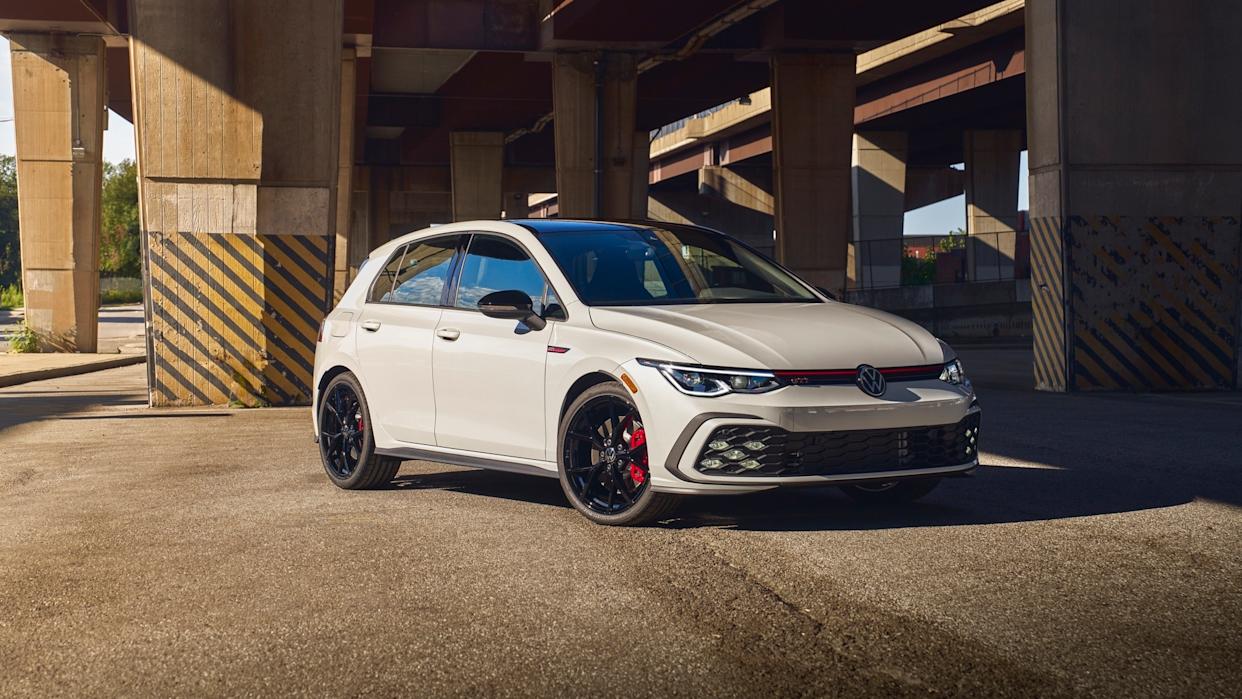
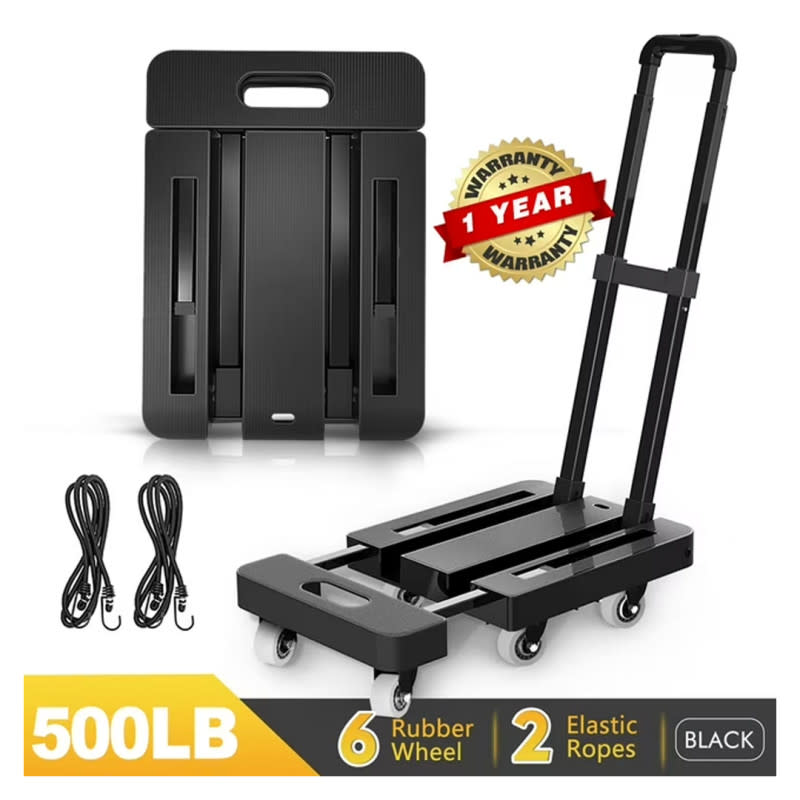

Comments